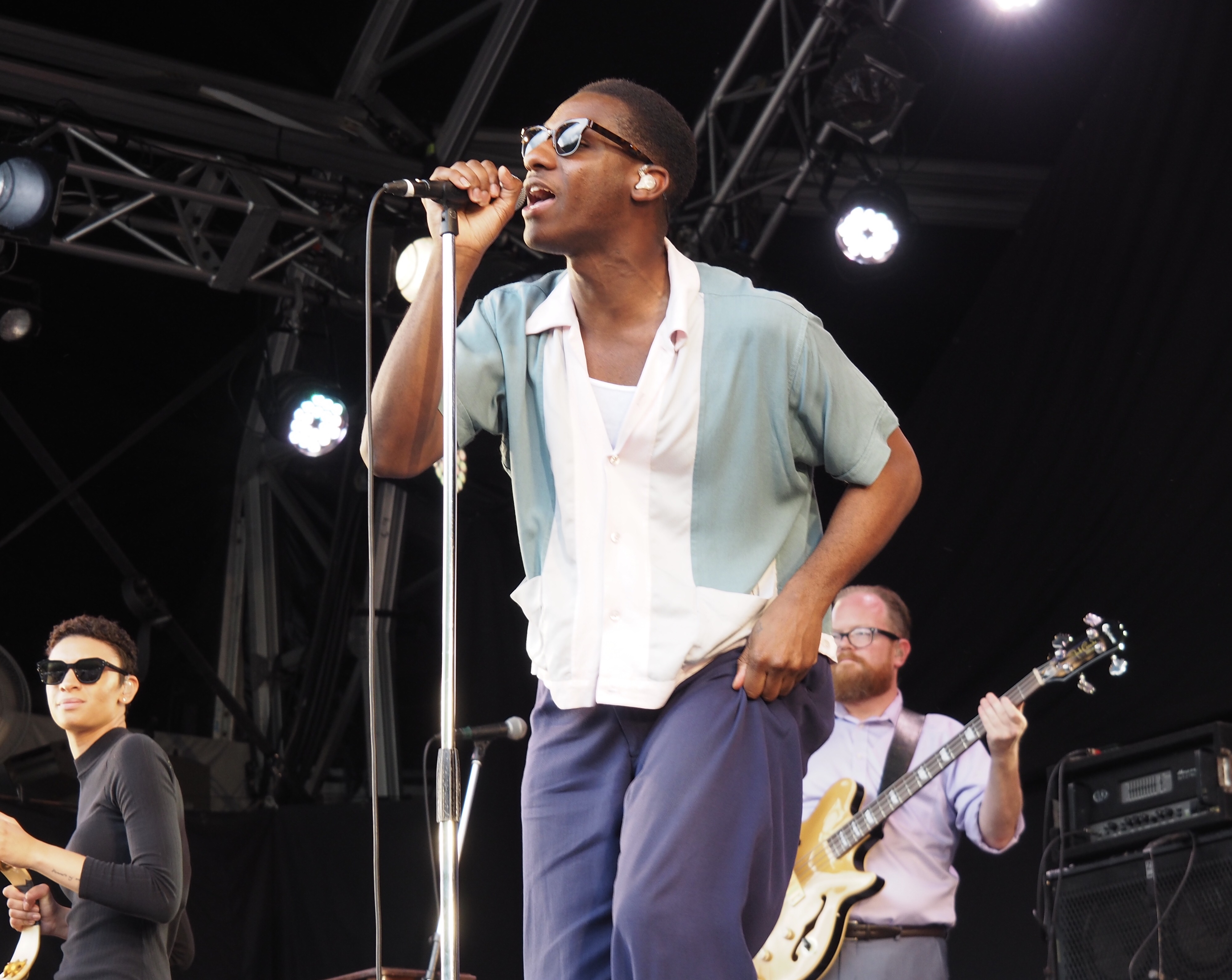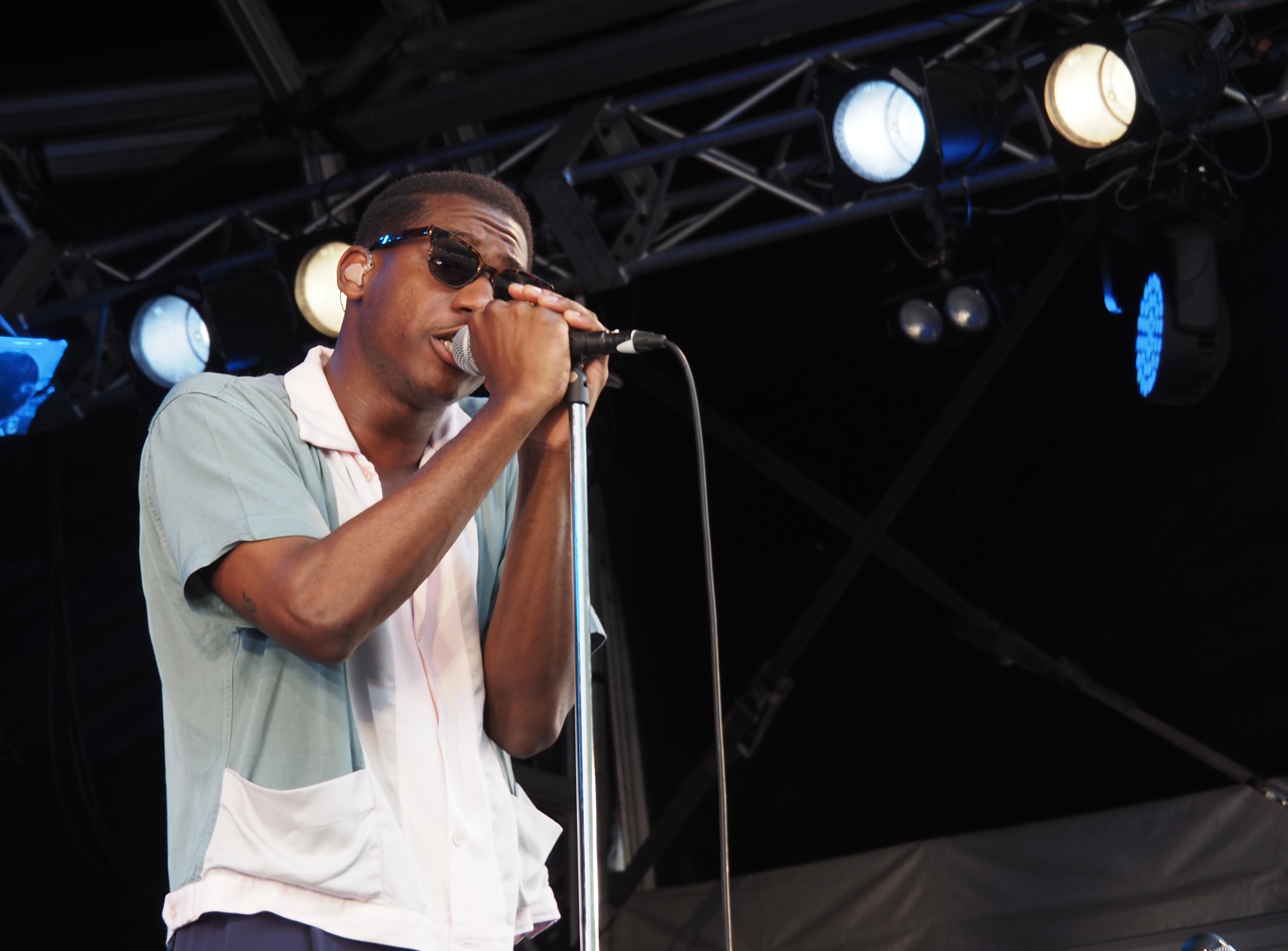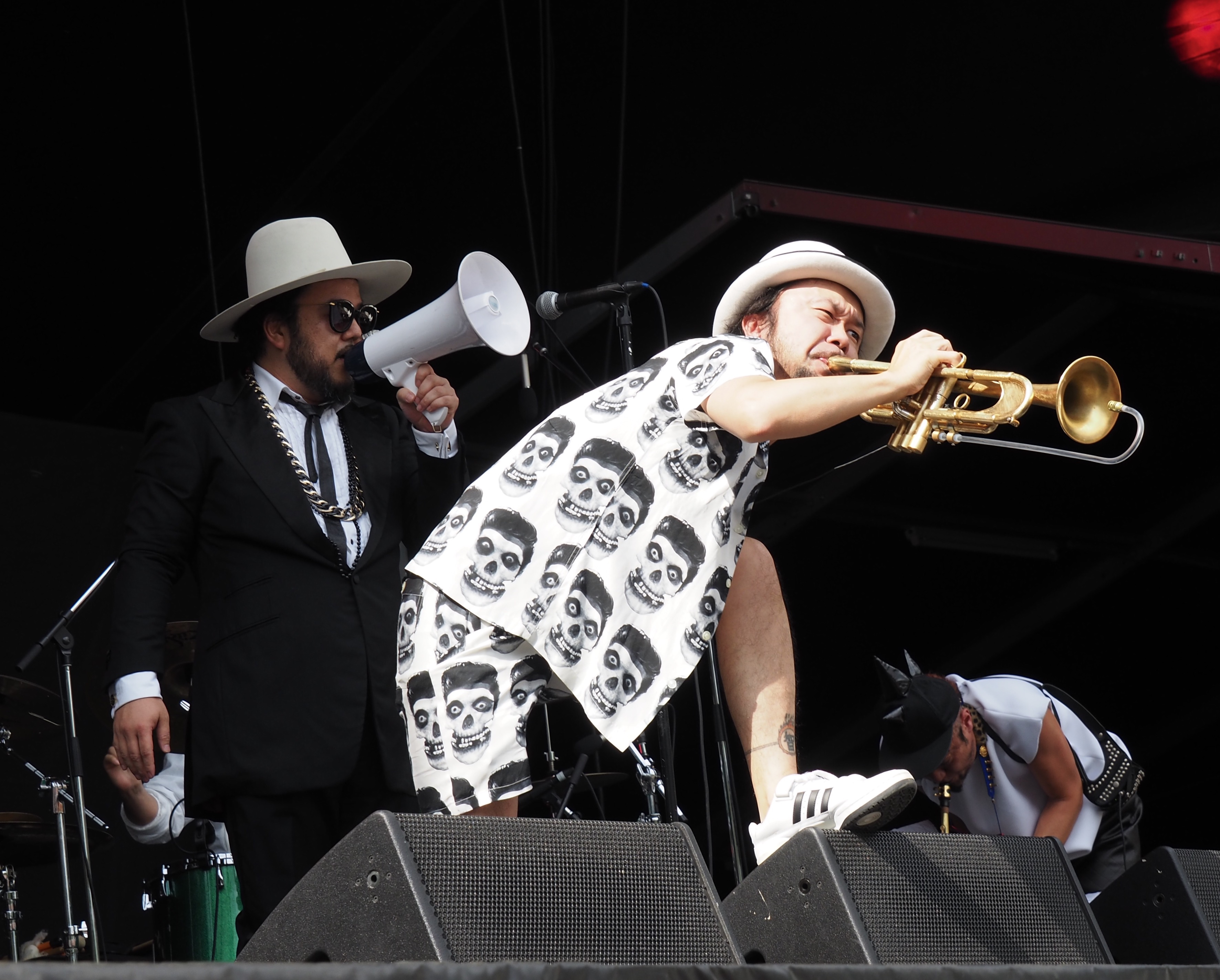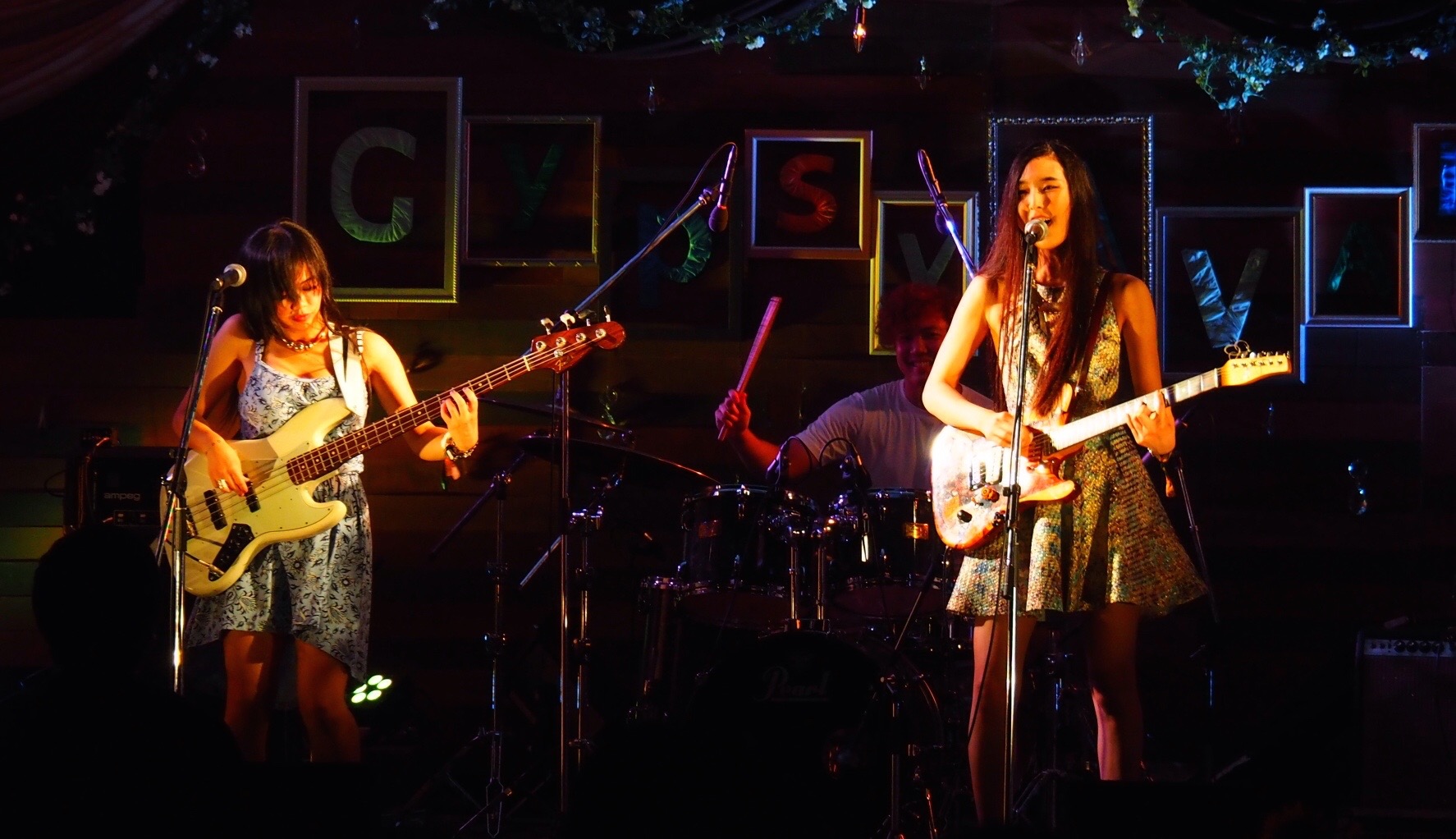Denki Groove: Hardest working electronica prankster in business
We were quite happy to see that the organizers revived the post-headliner party at the Green Stage on Sunday night. This year they asked those electronica pranksters to provide the music, perhaps as a nod to the fact that the group is celebrating their 25th year in show business, and they were perfect.

Denki Groove | Mark Thompson photo
Sporting one of his famous top hats, Pierre Taki held the stage and the audience’s attention while partner Takkyu Ishino manned the boards, though he had a lot to add, vocally, to the performance. Of course, they played “Shangri-La” and all the hits, though at this point “hits” is a relative term for a group whose stage strategy is to be as spontaneous and in-the-moment as possible.

Denki Groove | Mark Thompson photo
We were sort of wandering around, marveling at the variety of dancing that was going on. It was as if everyone had received a second (third?) wind that would blow them into the next week. First they have to make it to morning.














